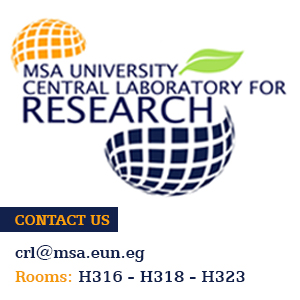
Overview:
Creativity and innovation are the hallmarks of university research’s rapid growth and the subsequent transfer of technology components to society. No doubt promoting innovative research, working to protect it, and translating it into patents push the wheel of economic growth and provides job opportunities and new industries, thus indicating the university’s high status and its researchers. Hence, the university makes much effort to help its children obtain patents and support them in everything related to this noble destination.
TISC Message:
The office aims to encourage innovators to transform their ideas and creativity into products of economic value, link them with manufacturers, and preserve their intellectual rights, which will lead to the promotion of the university locally and internationally.
IP Q & A:
1. What is a patent?
It is a title providing the inventor and/or the applicant with the exclusive right to prevent others from possessing, using, selling, manufacturing, and importing the patented invention or offering to do any of these things within a definite geographical area.
2. What can be patented?
An invention must fulfill the following three criteria in order to be considered patentable:
- Novelty: The invention must be new and original. An invention is not considered a novel one if it has been known, practiced, published, or disclosed by others anywhere in the world before the date the invention was submitted by the applicant.
- Non-Obviousness: The invention must not, at the time it was submitted, be considered obvious to a person of “ordinary skill” in the field of the invention.
- Industrial Applicability: Any invention which is capable for industrial use and is useful; so that it has a practical application.
3. What does patent protection grant the inventor?
Having a patent protection for your invention does not give you the right to exclude others from practicing the invention. During the time a patent is in place, a patent holder or licensee can exclude competitors from making and selling products similar to the patented idea of invention.
4. How long is a patent good for?
The lifetime of a patent is 20 years from the date of submission.
5. What is a utility Model?
It is a type of rights under which the law protects a technical means that does not reach the limit of the invention and is easier and faster to obtain and for a period of less patent protection (7 years).
The requirements for obtaining protection for a utility model are less complex than a patent, as steps such as the novelty step, for example, are not as important in the utility model as in a patent, and utility models are not subjected to the same lengthy and complex tests as patents.
6. Can early disclosure of an invention compromise the right to protect my invention?
A public disclosure is information about the invention that is freely available to the public and that is “enabling” – which means it describes the technology in enough detail that someone else in the field would be able to make and use the invention.
Common forms of public disclosure include: publications, lectures, published abstracts and posters, conferences and symposia, theses and dissertations.
Therefore, we strongly recommend you to contact our IP office once you become aware of an impending public disclosure. We will work with you to evaluate and protect your invention without affecting the timeline of your publication or conference proceedings.
7. How do I submit an invention to Intellectual Property Office IPO at MSA University?
- If you have an invention to disclose, please fill the MSA IP Disclosure form on-line via the “Patent System”.
- Once your form is submitted to the system, it will be reviewed, and the status of the application will be updated, and you will receive an email with that.
- After conducting a review of the technology to determine the patentability and opportunity to commercialize your invention, we will recommend the appropriate type of protection for your invention and delegate it to one of our outsourced patent attorneys who are specialized in the subject matter of your invention.
- The technical background of the expert will help you to prepare state-of-the-art claims of the invention and file a strong patent application. Our team will also engage with you at a later stage to explore the potential market of your invention and the best strategy to commercialize it to industry.




